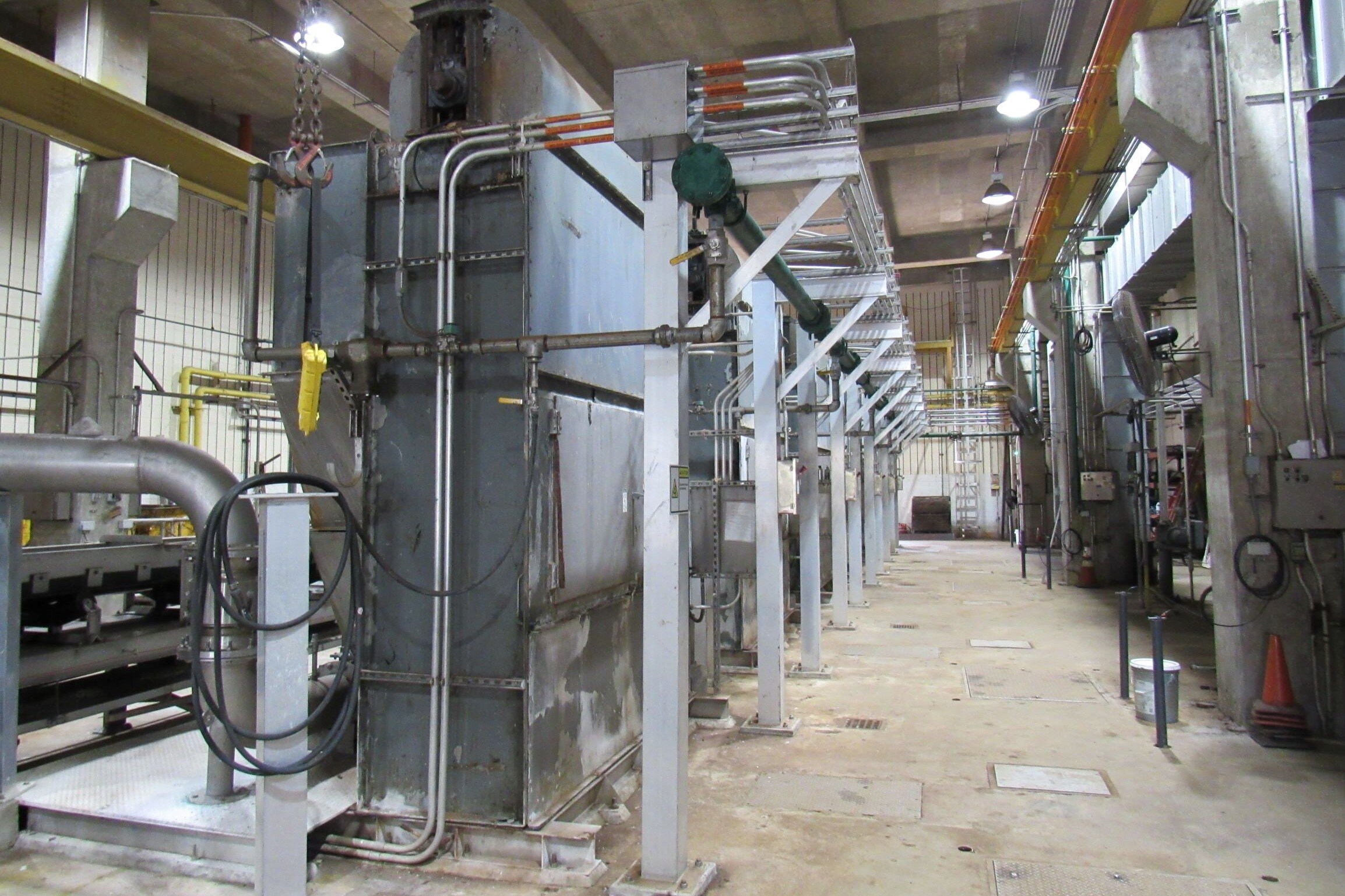How to Design Electrical Infrastructure for Wastewater Facilities and Save Money Doing It
/You’ve got three aspects to consider when building or upgrading your wastewater treatment facility: standards, equipment, and design. By focusing more time on the design, you can save money on construction because a proper design will permit less rigorous equipment.
Standards
When constructing electrical systems for wastewater treatment facilities, the following need to be considered:
National Fire Protection Association (NFPA) 820 – Standard for Fire Protection in Wastewater Treatment and Collection Facilities.
National Electrical Code (NEC) – The benchmark adopted by all 50 states for safe electrical design, installation, and inspection to protect people and property from electrical hazards.
The NEC references NFPA 820 when classifying hazardous locations in wastewater treatment and collection facilities. According to NFPA 820, electrical systems associated with screenings removal facilities, wet wells, and dry wells need to be designed on the basis of Class I hazardous location.
Equipment
Electrical design within hazardous locations requires expensive components such as explosion-proof enclosures, specialized conduits, and raceways, explosion-proof motors and equipment, seal-off fittings, purged & pressurized control panels, etc. These components are also long-lead items and often result in increased construction durations, another cost issue.
Design – A Cost-Effective Solution
The cost you’ll pay for construction is a function of your design. By using the best methods and practices in electrical design, you can reduce the cost of electrical construction by as much as 60%. According to NFPA 820, the application of proper ventilation and monitoring allows the electrical hazard classification to be made less stringent:
Screening Removal Facilities: By establishing twelve (12) air changes per hour, the hazard classification can be improved from “Class I Division 1” (more stringent) to “Class I Division 2” (less stringent).
Wet Wells: By establishing twelve (12) air changes per hour, the hazard classification can be improved from “Class I Division 1” to “Class I Division 2”.
Dry Wells. By establishing six (6) air changes per hour, the hazard classification can be improved from “Class I Division 2” to “Unclassified” (non-hazardous).
In addition to reducing or eliminating the NEC hazard classifications, an effective ventilation system will also help purge hydrogen sulfides or other types of sulfides from the hazardous atmosphere that can otherwise corrode and reduce the longevity of electrical equipment.
Design – Motor Control Centers
A motor control center (MCC) is an electrical equipment assembly used to power and control electric motors. Using appropriate instrumentation and controls, the supply fans and exhaust fans (necessary for establishing the required air changes) need to be properly designed within the MCC lineup for proper operation in accordance with NFPA 820. This includes:
Interlocks between supply and exhaust fans (i.e. push/pull system).
Provisions for automatic reduction by 50% operation, when conditions are met.
Integration with a combustible gas detection system.
Integration with ambient air temperature.
Integration with facility occupancy.
Airflow monitoring to an external Supervisory Control and Data Acquisition (SCADA) system.
A properly designed electrical system will ensure overall safety and the long-term reliable operation of wastewater treatment and collection systems. Our professional engineers and master electricians collaborate to make recommendations to suit your specific requirements and save you money. For a free consultation on the options available to you, feel free to call us at (240) 582-3900 or email us at info@helioselectric.net.
To learn about our other unique solutions that can enhance your electrical facilities, click here.



